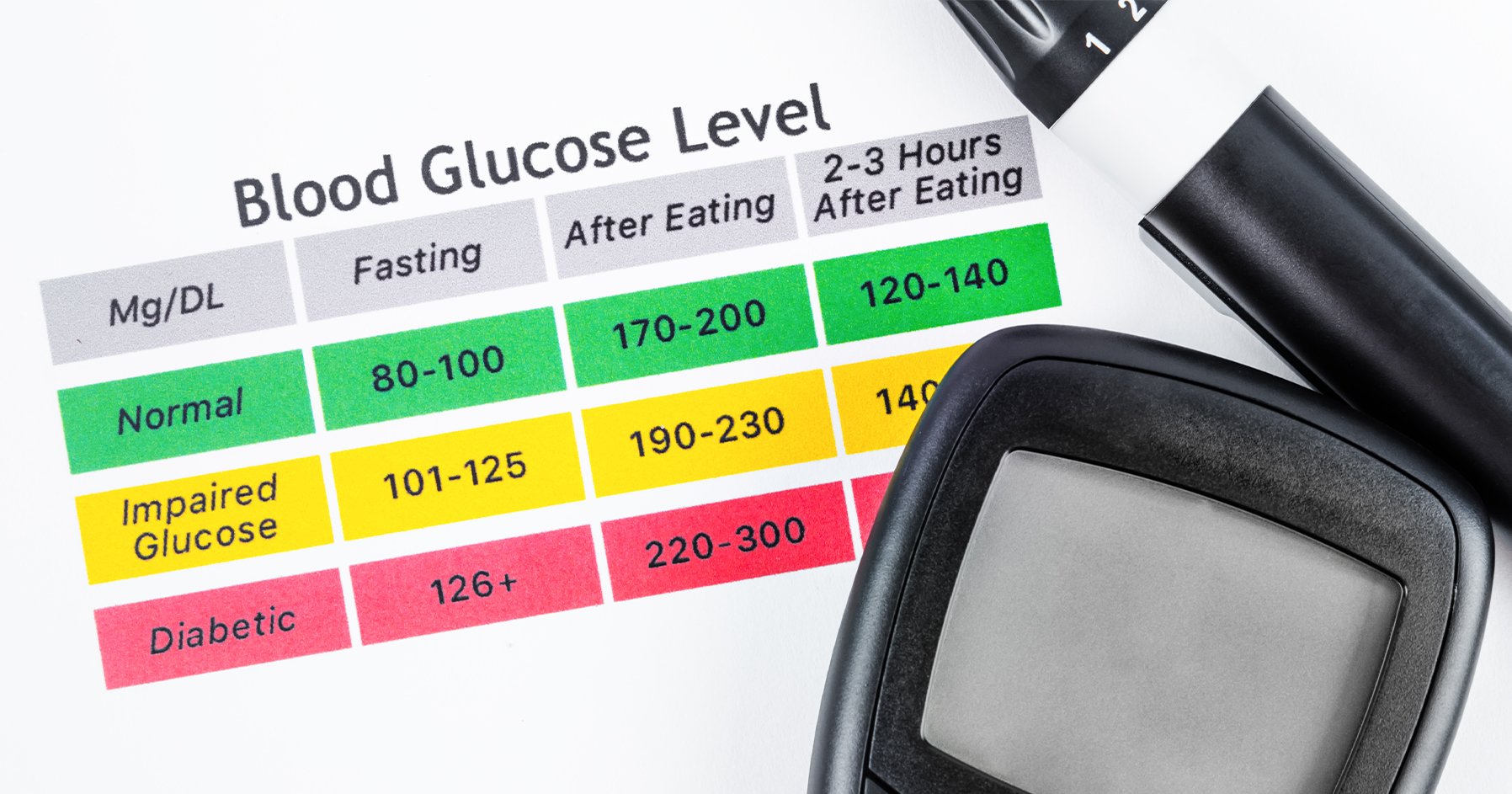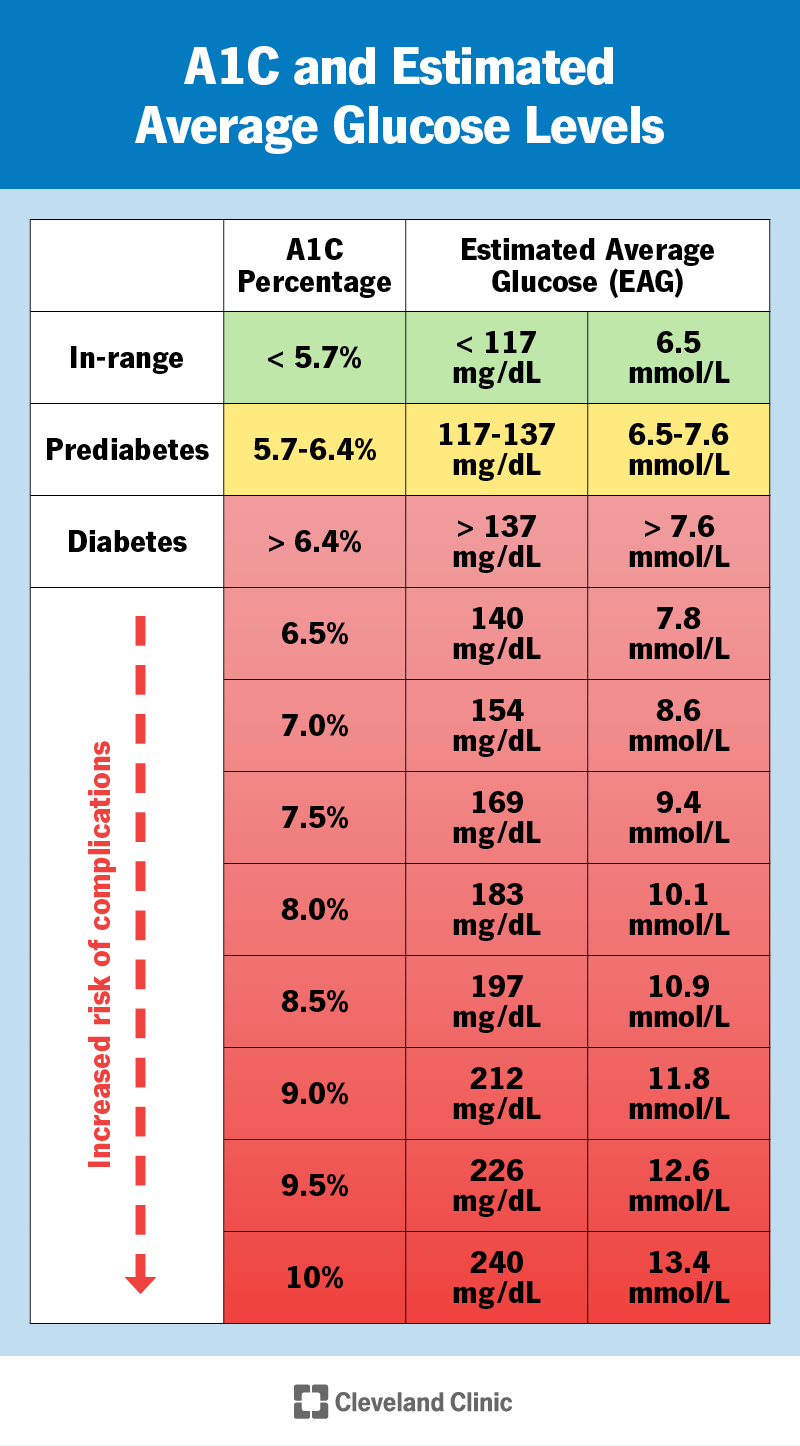Blood sugar levels play a crucial role in your overall health. Managing them can prevent serious health issues.
Blood sugar, also known as glucose, is essential for energy. Our bodies need the right amount to function well. Too much or too little can lead to problems. Knowing how to check and control your blood sugar levels is important.
This guide will explain what blood sugar levels are, why testing them is necessary, and how you can do it yourself. Understanding these aspects can help you maintain a healthy balance and avoid complications. Dive in to learn more about blood sugar levels and take control of your health.

Credit: www.endocrine.org
What Are Blood Sugar Levels?
Blood sugar levels indicate the amount of glucose in the bloodstream. They are crucial for managing energy and overall health. Monitoring these levels helps prevent diabetes and other health issues.
Monitoring blood sugar levels is essential for maintaining good health. Blood sugar, or glucose, is the body's main energy source. Understanding your levels can help you make informed health decisions.
Blood sugar levels refer to the amount of glucose in your blood. This glucose comes from the food you eat. Your body uses it for energy. Keeping your levels balanced is important.
Normal Blood Sugar Levels
Let's explore what normal blood sugar levels look like. Here are the typical ranges:
- Fasting: This is the level before eating. Normal is 70-99 mg/dL.
- Post-meal: This is the level after eating. Normal is less than 140 mg/dL.
- A1C: This is the average level over three months. Normal is below 5.7%.
High Blood Sugar Levels
High blood sugar can be harmful. It's also known as hyperglycemia. Here are some key points:
- Causes: Eating too much sugar, lack of exercise.
- Symptoms: Increased thirst, frequent urination, fatigue.
- Risks: Can lead to diabetes, heart disease.
Low Blood Sugar Levels
Low blood sugar, or hypoglycemia, can be dangerous. Let's look at its key points:
- Causes: Skipping meals, too much insulin.
- Symptoms: Shakiness, sweating, confusion.
- Risks: Can cause fainting, seizures.
Why Monitoring Is Important
Keeping track of your levels is crucial. Monitoring helps you:
- Manage diabetes: Keeps it under control.
- Prevent complications: Reduces risks of heart disease.
- Maintain energy: Helps you feel more alert.
Understanding blood sugar levels is vital. It can lead to better health choices. Stay informed and stay healthy.
Can I Check My Own Blood Sugar?
Yes, you can check your own blood sugar levels. Home glucose monitors make this process simple and quick. Regular monitoring helps manage diabetes effectively.
Monitoring your own blood sugar can be empowering. It helps you manage your health effectively. Knowing your levels allows for better decisions about diet, exercise, and medication.
Benefits Of Self-monitoring
Self-monitoring offers several advantages. Here are some key benefits:
- Immediate feedback: Understand the impact of foods and activities on your levels.
- Better control: Make timely adjustments to your diet or medication.
- Enhanced awareness: Identify patterns and triggers for blood sugar spikes.
Tools For Checking Blood Sugar
Various tools can help you measure your blood sugar at home. Let's explore a few options:
- Glucometer: A small device that measures blood sugar from a drop of blood.
- Continuous Glucose Monitor (CGM): A sensor that tracks levels throughout the day.
- Testing Strips: Used with a glucometer for quick readings.
Steps To Check Blood Sugar At Home
It's quite simple to check your blood sugar at home. Follow these steps for accurate results:
- Wash your hands: Ensures no food residue affects the reading.
- Prepare the device: Insert a test strip into the glucometer.
- Prick your finger: Use a lancet to get a small blood sample.
- Apply blood to the strip: Place the drop on the test strip.
- Read the results: Wait for the glucometer to display your levels.
When To Check Blood Sugar
Timing can influence your readings. Here are some common times to test:
- Before meals: Helps understand your fasting levels.
- After meals: Monitors how food affects your blood sugar.
- Before bed: Ensures levels are stable overnight.
- During symptoms: Check if you feel unusually high or low.
Tips For Accurate Readings
To get the most reliable results, consider these tips:
- Use fresh test strips: Expired strips may give incorrect results.
- Calibrate your device: Follow the manufacturer's instructions.
- Rotate testing sites: Prevents soreness and calluses on your fingers.
- Record your readings: Track trends and share with your doctor.
Consulting With Your Doctor
Regularly discussing your readings with your doctor is crucial. They can offer personalized advice based on your results. This ensures your management plan is effective.
Why Test Blood Sugar Levels?
Testing blood sugar levels helps manage diabetes and maintain overall health. It prevents complications by ensuring glucose levels stay within a safe range.
Monitoring blood sugar levels is essential for maintaining overall health. Regular testing helps manage conditions like diabetes and prevent complications. Knowing your blood sugar levels can guide lifestyle choices and treatment plans.
Detecting Diabetes Early
Early detection of diabetes can prevent severe health issues. Regular testing identifies abnormal sugar levels before symptoms appear.
Managing Existing Conditions
For those with diabetes, constant monitoring is crucial. It helps in:
- Adjusting medication: Ensures correct dosage for effective treatment.
- Planning meals: Keeps blood sugar stable through balanced nutrition.
- Monitoring exercise: Tracks the impact of physical activity on sugar levels.
Preventing Complications
Untreated high blood sugar can lead to serious complications. Regular testing helps prevent:
- Heart disease: Reduces the risk of cardiovascular issues.
- Nerve damage: Prevents neuropathy and related problems.
- Kidney damage: Protects against potential kidney failure.
Understanding Your Body
Testing blood sugar levels provides insights into how your body reacts. This helps in:
- Identifying triggers: Recognizes foods or activities that spike sugar levels.
- Tracking progress: Monitors how well treatments and lifestyle changes work.
- Making informed decisions: Guides choices about diet, exercise, and medication.
Regular monitoring of blood sugar levels can significantly impact your health and well-being.
How To Check Your Blood Sugar Levels
To check your blood sugar levels, use a glucose meter. Prick your finger, place a drop of blood on the test strip, and read the result.
Monitoring your blood sugar is essential. It helps manage diabetes and maintain overall health. Checking your levels regularly can prevent complications and keep you informed. Let's explore how to do it effectively.
Using A Glucometer
A glucometer is a common tool for checking blood sugar. Here’s a quick guide:
- Prepare the device: Ensure it's clean and has a fresh test strip.
- Wash your hands: Use soap and water to clean your hands.
- Prick your finger: Use a lancet to get a small blood sample.
- Apply blood to the strip: Place the blood drop on the test strip.
- Read the results: The glucometer will display your blood sugar level.
Continuous Glucose Monitor (cgm)
CGMs offer a more advanced way to track blood sugar. They provide continuous data:
- Attach the sensor: Place it on your skin, usually on the arm.
- Monitor the readings: The device sends data to your phone.
- Check trends: View patterns over time for better understanding.
Testing Blood Sugar At Home
Home testing is convenient. Follow these steps for accurate results:
- Gather your supplies: Glucometer, lancets, and test strips.
- Choose a testing spot: The side of the fingertip is less painful.
- Prick and draw blood: Use the lancet to get a drop of blood.
- Apply to the test strip: Insert the strip into the glucometer.
- Record your results: Keep a log for your doctor.
When To Check Your Blood Sugar
Knowing when to check is crucial. Here are some key times:
- Before meals: Helps gauge your baseline level.
- After meals: Shows how food affects your sugar.
- Before bedtime: Ensures safe levels overnight.
- Feeling unwell: Detects unusual spikes or drops.
Interpreting Your Results
Understanding your readings is vital. Here’s how to interpret them:
- Normal range: 70-130 mg/dL before meals.
- Post-meal range: Less than 180 mg/dL.
- Consult your doctor: For personalized targets and advice.
Benefits Of Regular Monitoring
Regular monitoring offers numerous benefits. It helps you:
- Manage medication: Adjust doses based on your levels.
- Identify patterns: Spot trends and adjust your diet.
- Prevent complications: Detect high or low sugar early.
- Stay informed: Always know your health status.
By following these steps, you can effectively check and manage your blood sugar levels. This ensures better health and well-being.

Credit: my.clevelandclinic.org
Frequently Asked Questions
What Are Blood Sugar Levels?
Blood sugar levels indicate the amount of glucose in your blood. Glucose is a primary energy source. Maintaining balanced levels is crucial for health.
Can I Check My Own Blood Sugar?
Yes, you can check your blood sugar at home using a glucometer. It's simple and provides instant results. Regular monitoring helps manage diabetes.
Why Test Blood Sugar Levels?
Testing blood sugar levels helps track glucose levels and manage diabetes. It prevents complications and maintains overall health. Regular testing is essential.
How To Check Your Blood Sugar Levels?
To check blood sugar levels, use a glucometer. Prick your finger, place a drop of blood on the strip, and read the result. Follow instructions carefully.
Conclusion
Managing blood sugar levels is essential for good health. Regular monitoring helps prevent complications. You can check your blood sugar at home using a glucometer. Knowing your levels allows you to adjust your diet and lifestyle. Testing blood sugar levels can provide insights into your body's needs.
Stay informed, stay healthy. Take control of your blood sugar today. Your well-being depends on it. Remember to consult with your healthcare provider for personalized advice. Monitoring is key. Stay proactive and maintain balanced blood sugar levels for a healthier life.






